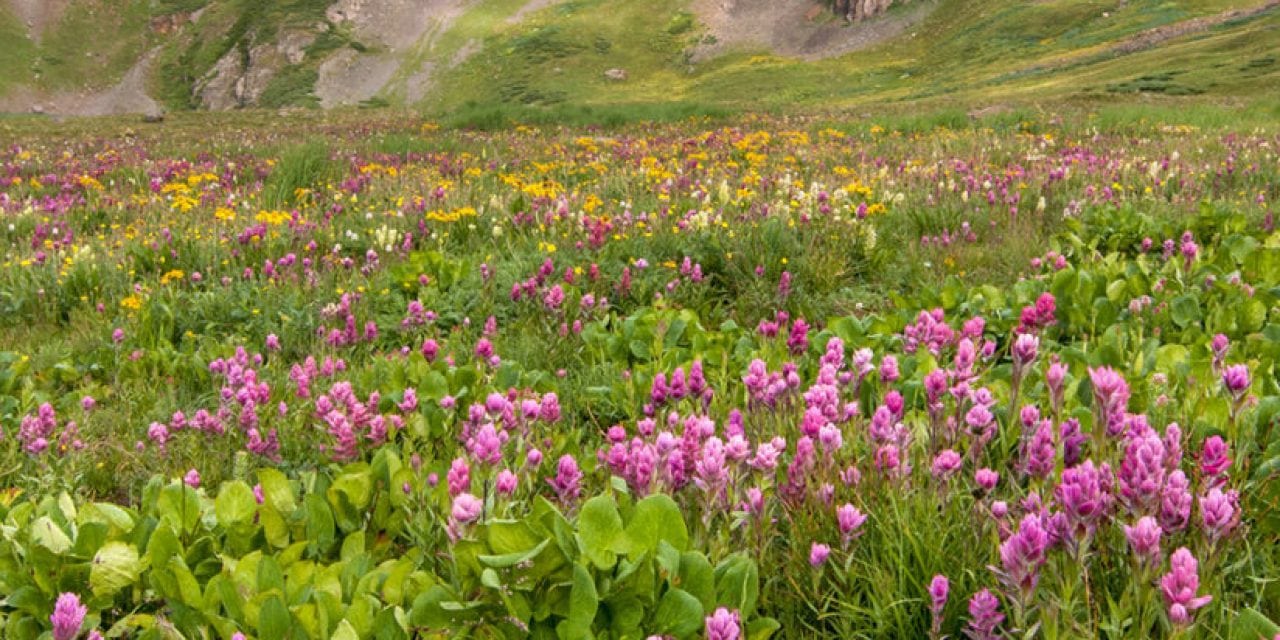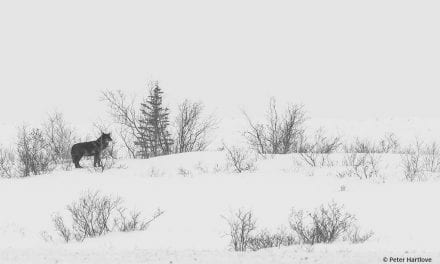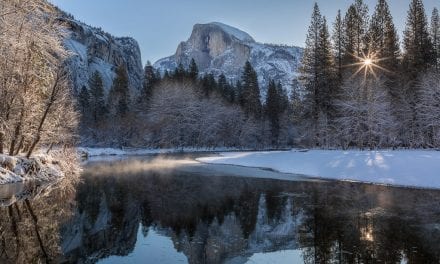It’s spring, but summer will be here before you know it. Once it arrives, you’ll be so immersed in making images that before you realize it, fall will be knocking. With all the great autumn imagery, you’ll be so wrapped up in your photography that in a blink, winter will be upon us. With so many options and great photo ops in the winter, poof, spring will be back! Wow, time flies when you’re out photographing all four seasons. To make sure you capture great shots of each, I offer you Four-Season Photography. The bottom line is to get in the head of how each season works—the light, the weather, the mood and color. Furthermore, you need to know how to capture both the intimate details along with the grand image. I offer a list of photo basics for each season of the year. Revisit this tip throughout the year or, better yet, print it out and place the appropriate sections in your calendar.
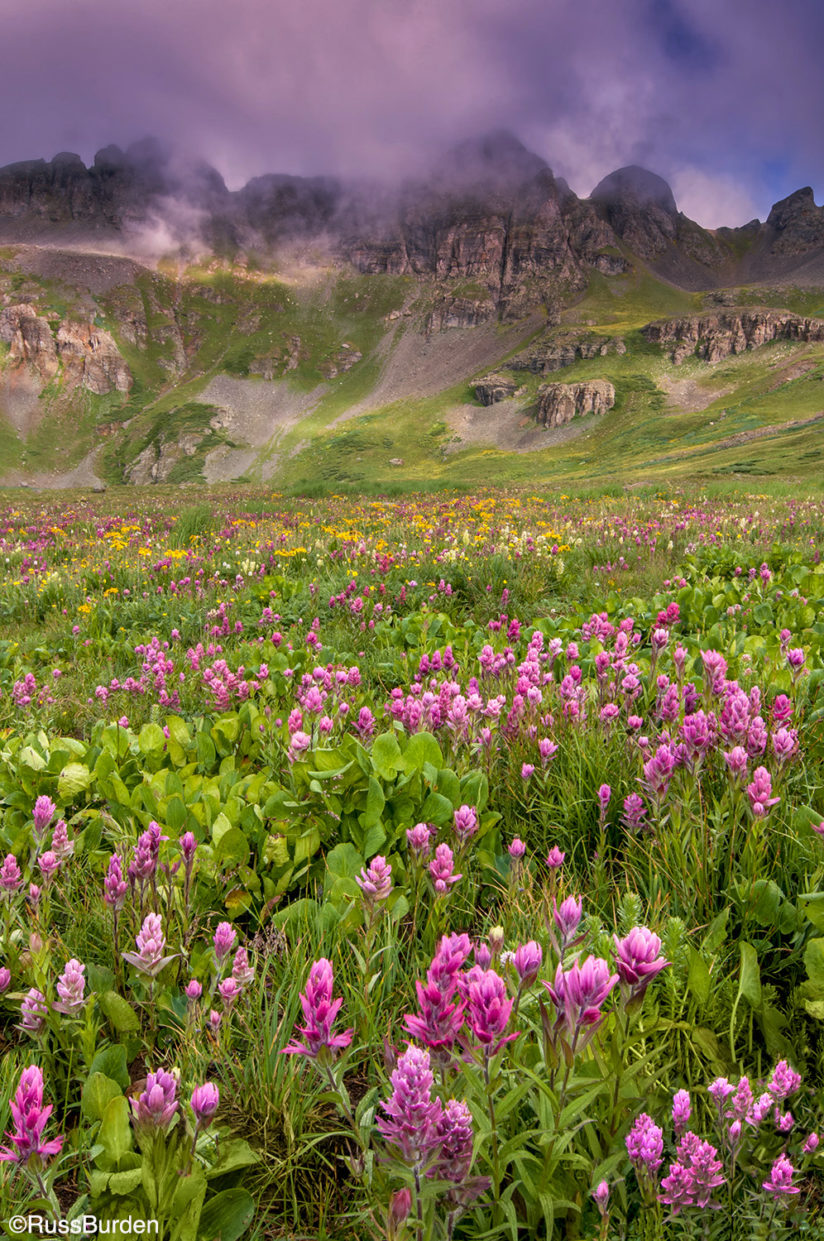
Spring
Research: Know sunrise and sunset times for your locations. Bring bug spray.
Macro Galore: Spring is synonymous with buds, so bring your macro lens when you head into the field. Stop the lens down to create lots of depth of field to bring entire buds into focus. Also think about shooting wide open to create selective focus effects.
Get Close in Other Ways: Macro lenses are great, but you don’t have to lay out big bucks for one. Extension tubes and close-up filters also get the job done. If you go the route of close-up filters, be sure to get dual element achromatic ones. I don’t like single element close-up filters at all.
Get Low/Look High: In that a lot of spring photography involves flowers, be sure to get down to the level at which the flowers grow. Don’t shoot down on them as it lessens their status as a subject. Trees spring catkins, the new growth that comes before leaves. Catkins are great macro subjects. Be sure to look toward the sky to find them.
Dress Appropriately: Spring mornings can be chilly. Be sure to bring a light jacket. It’s also a rainy season, so bring an outer waterproof shell and protection for your gear.
Summer
Research: Know sunrise and sunset times for your locations. Prepare for the proper weather regarding how you dress. Bring bug spray.
HDR Now: Summer light is very contrasty. Capture a bracketed series of images and merge them using HDR software. As a result, detail can be maintained in both the highlights and shadows.
Help Lower the Contrast With Flash: I always pack a flash to add fill light. If you enjoy the vibrant look of fill-in flash with close-ups, vary the intensity of the light and dial in differing amounts of compensation. Try some using the flash as the main light.
Work Quickly During Sweet Light: In the summer, the sun doesn’t linger on the horizon. This translates to shorter lengths of time of warm light that bathes subjects in a golden hue.
Fun With Friends: Be sure to bring your point and shoot and make lots of photos of your outings. Share the images on Facebook or simply send them in emails. Use fill flash to help control the contrasty summer sun.
Punch Up The Color: Summer skies can be hazy, so when you process your photos, enhance the blues to give them life. It’s also a time for dramatic light with afternoon storms. If you see clouds build, find a location to capture the drama. Be on the lookout for a vibrant summer rainbow.
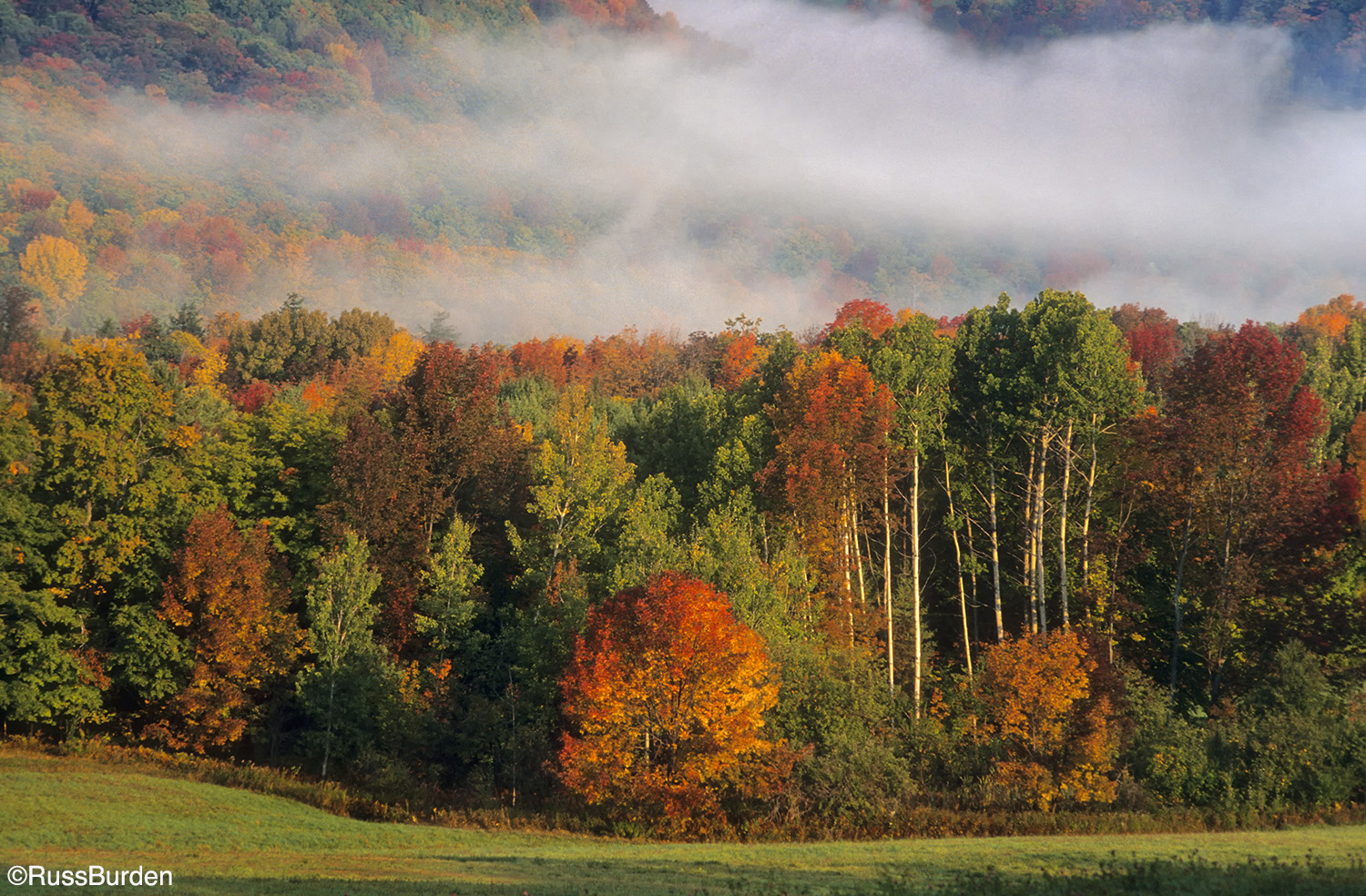
Autumn
Research: Know sunrise and sunset times for your locations. Prepare for the proper weather regarding how you dress. Find out the average dates when fall color peaks, but be ready to change plans on short notice if it arrives early or late.
Make a Family Portrait: When is the last time you made a photo of your family? Autumn is a great time as fall color provides a great backdrop. Fallen leaves make a great base and a background of out-of-focus foliage is a sure hit.
Pack the Polarizer: Autumn leaves reflect a lot of light. This reflected light robs saturation. Use a polarizer to combat glare and allow the true colors of autumn to sing. The blue in a clear autumn sky is crisp and saturated. Be careful not to over polarize the color.
Tweak the White Balance: Set your white balance to Cloudy to warm up the colors of autumn. If you’re from the days of slide film, you’ll remember an 81A filter that provided warmth to a scene. The Cloudy setting achieves a similar purpose.
Look For Still Water: Still water acts like a mirror. Capture fall-colored foliage as a reflection to add drama to your landscapes.
Capture the Mood: Fall means chilly, clear nights. This translates to mist on open bodies of water. Head to an area of open water and capture the rising fog with early morning light illuminating it.
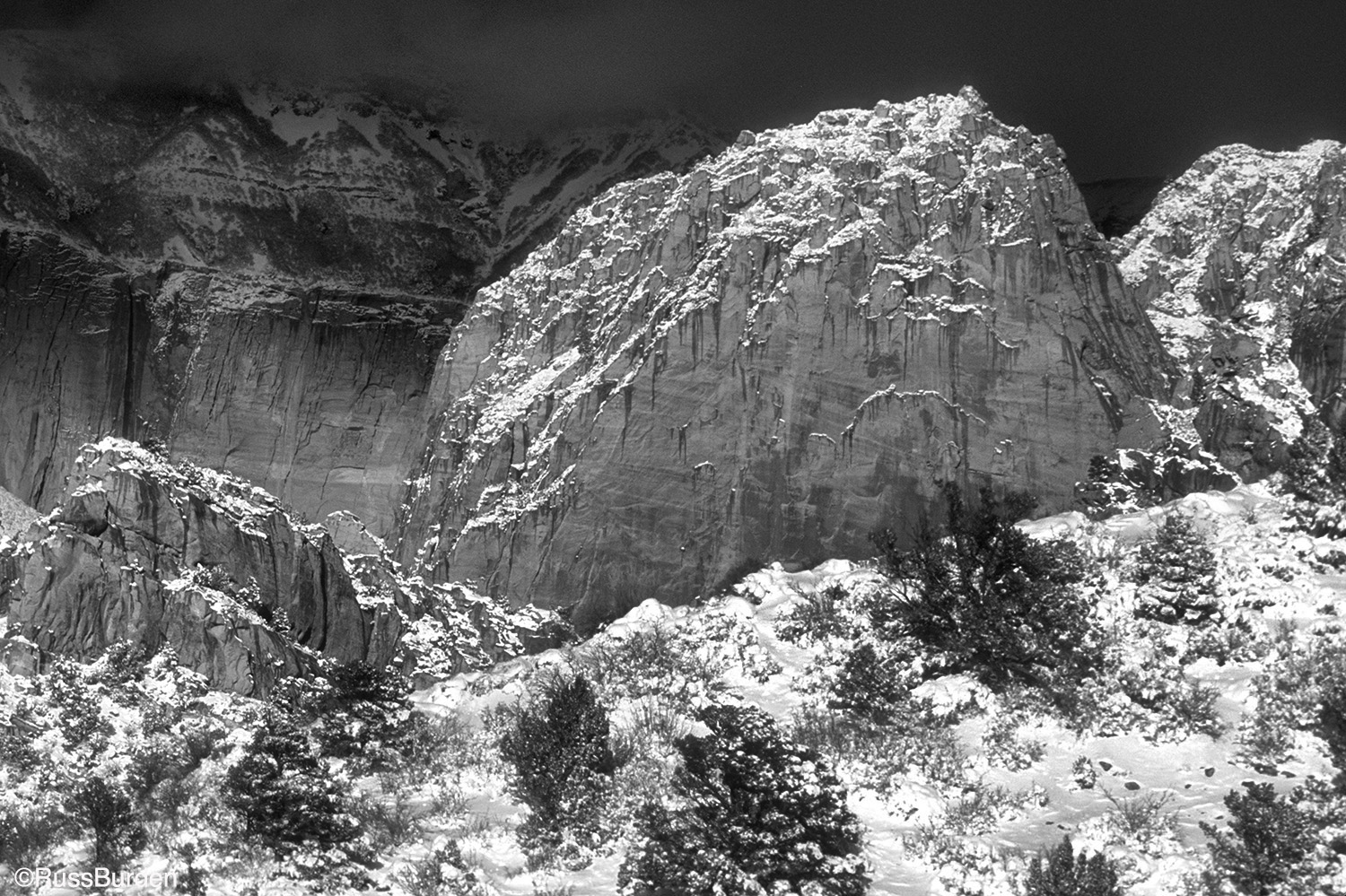
Winter
Research: Know sunrise and sunset times for your locations. Prepare for the proper weather regarding how you dress. Carry extra batteries. Insulate your tripod. Dress in layers and bring pocket warmers.
Exposure: Monitor your histogram after every shot. Use exposure compensation to eliminate blinkies, but try not to underexpose. Bias your histogram so the highlights just begin to touch the right side. You don’t want to lose highlight detail, as it’s not recoverable. Keep snow white and maintain its detail.
Try Black and White: In that many snow scenes are predominately void of color, try converting your images to black and white. Silver Efex Pro is a great tool for this purpose.
Exhale Conservatively: When you exhale, be sure to aim your breath away from the viewfinder, front lens element and LCD. Your breath will fog them up.
Visit www.russburdenphotography.com for information about his nature photography tours and safari to Tanzania.
The post Year-Round Photo Thoughts appeared first on Outdoor Photographer.

